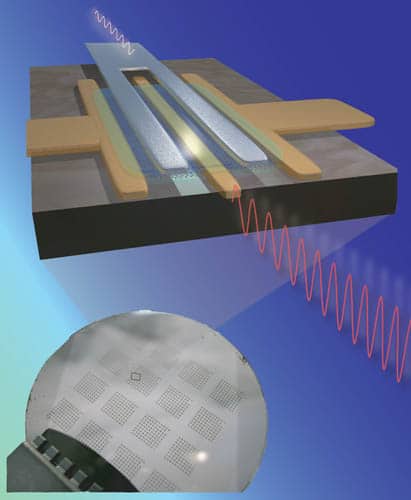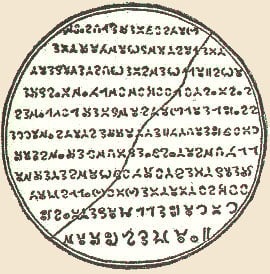“It was a true solar-plexus blow, and completely knocked out, Perkins staggered back against the instrument-board. His outflung arm pushed the power-lever out to its last notch, throwing full current through the bar, which was pointed straight up as it had been when they made their landing.” My current research in AI, such as it… Continue reading Natural Language Understanding
Natural Language Understanding






